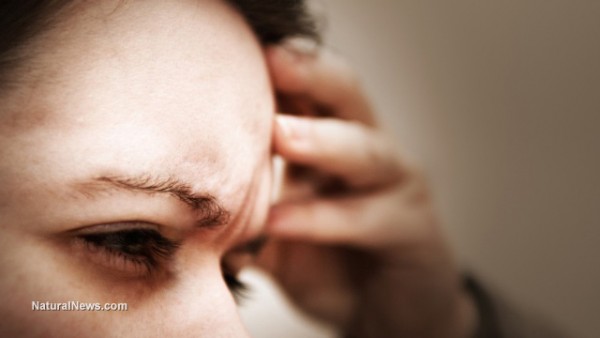Over a quarter of medical students are depressed, suicidal
12/14/2016 / By JD Heyes

It’s very difficult to get through medical school – which involves brutal, long hours of studying and doing residency work – which is why there is not an over-abundance of doctors walking around. It’s so tough, in fact, that a new study has uncovered an alarming statistic: Around a quarter of students in med school are depressed.
In addition, as reported by CNN, about one in 10 report being suicidal at some point during their education, according to a recent analysis in the Journal of the American Medical Association (JAMA).
In fact, researchers found, depression is really just “an open secret” within the profession, according to Dr. Douglas Mata, co-principle author, and a clinical fellow at Harvard Medical School.
Co-principle author Dr. Srijan Sen noted that the calculations cited in the study are not merely numbers.
‘It hit home’
“When I was a medical student, a couple of people just a little bit older than me really suffered with depression and had serious suicide attempts, and one of them completed suicide,” said Sen, a professor of depression and neurosciences at the University of Michigan.
“It hit home to me and made me realize how big a problem this was and was part of the reason why I got involved in this research.”
The two physicians and academics, as well their colleagues, examined databases for published studies reporting incidences of depression prevalence among medical students. All the studies they found, save one, relied on surveys in which the students self-reported their own symptoms.
Mata said that the researchers found several hundred individual studies of smaller groups of students, though each one alone “is not that impactful.” His hypothesis was that if they combined everything and did a meta-analysis of the data, that would give them something north of 120,000 people to examine.
100% organic essential oil sets now available for your home and personal care, including Rosemary, Oregano, Eucalyptus, Tea Tree, Clary Sage and more, all 100% organic and laboratory tested for safety. A multitude of uses, from stress reduction to topical first aid. See the complete listing here, and help support this news site.
In the end, the team determined that med school depression was universal around the world, which “kind of underscores how serious this is.”
CNN noted that the Diagnostic and Statistical Manual of Mental Disorders defines “major depressive disorder” as one based on nine specific symptoms that can be identified and diagnosed during an in-person interview. Speaking technically, the surveys – which seek to identify the symptoms based on a standardized methodology – cannot in and of themselves diagnose depression, Mata noted. However, every survey had been validated in previous studies and demonstrated to be in sync with diagnoses that are based on interviews.
“That’s why we trust the data that we were able to put together,” said Mata, adding that the surveys also provide the benefit of anonymity to the participant.
And since there is still some stigma associated with mental and mood disorders, medical students are much more likely to be up front about their symptoms if they know they won’t have to worry about their attending physician or a medical board discovering their responses. Mata noted that he was motivated by the need to produce data for policymakers to be made fully aware of just how pervasive the problem has become among the world’s future physicians, so that they can develop policies to ease mental strain.
Painting a full picture of the problem
In their study, the researchers measure the prevalence of depression or depressive symptoms as almost 26.7 percent, with 37,933 of the 122,356 participants reporting them. A subset of 24 studies from 15 different countries analyzed suicidal thoughts, and in that instance, the prevalence was 11 percent, or 2,043 of 21,002 participants, the research team said.
While there was some variation across regions, it was determined by the team that medical students are between two and five times more likely to become depressed than the general population of the United States.
Perhaps more alarming, is that the research team discovered that the percentage of students who see a physician about their depression is very low, at only 15.7 percent.
In 2015, Mata, Sen and colleagues published a related paper that focused on depression in medical residents.
“Taken together, these two papers paint a full picture of the life cycle of mood disorder and wellness from the beginning of medical school to the end of residency. The two studies in combination serve as an impetus for educators and policy-makers to take this problem seriously,” Mata said. “What is it about the medical school environment that is leading to these adverse outcomes?”
Sources:
Tagged Under: depression, medical school, Students, suicide




















